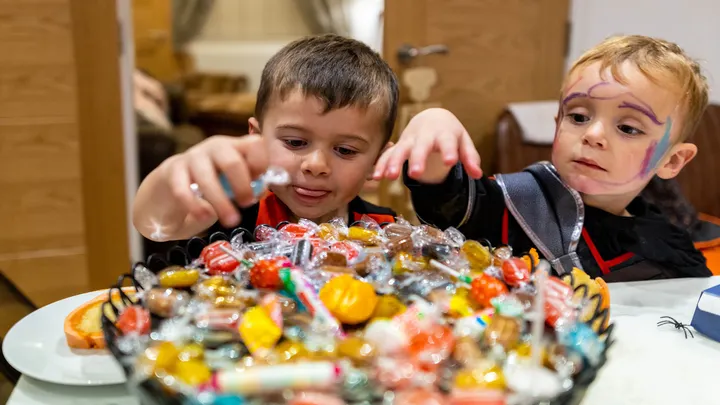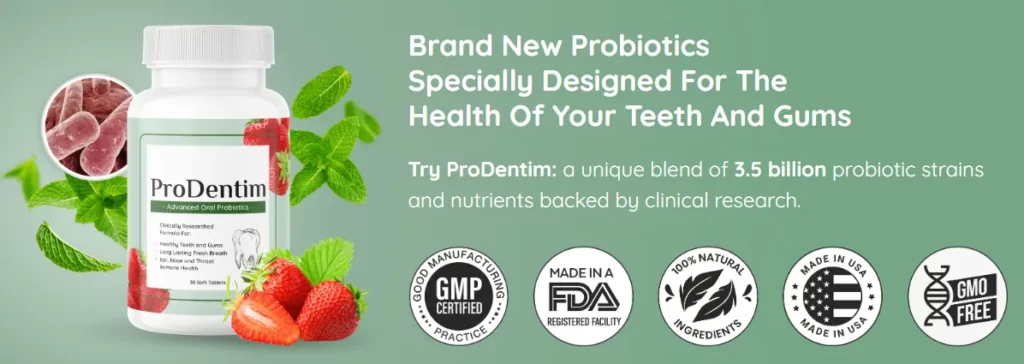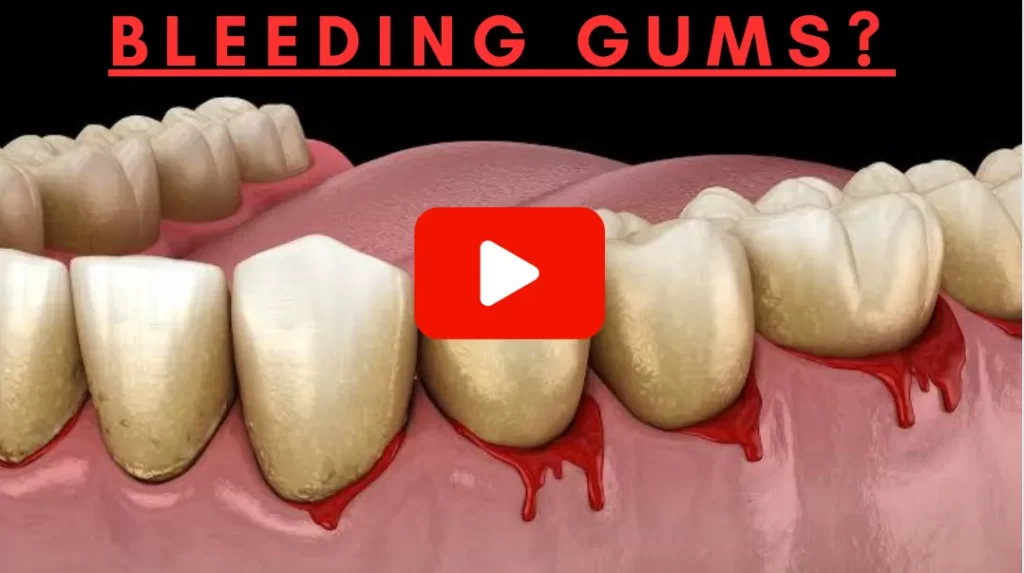A cosmetic dentist in Beverly Hills, California, reveals tips to protect kids’ dental health
In the United States, nearly 35 million children go trick-or-treating on Halloween each year, and research suggests that each child can consume three cups of sugar just by indulging in the candy they’ve collected.
It’s important to note that not all candy is good for dental health, and some types are more harmful than others, advises Dr. Kevin Sands, a board-certified cosmetic dentist in Beverly Hills, California. Dr. Sands shared with US Newzs Digital that Halloween candies should be eaten in moderation or avoided altogether.
Florida surgeon general says COVID vaccine push is ‘anti-human’: ‘Major safety concern’
5 types of Halloween candies to avoid
1. Hard Candies
Dr. Kevin Sands warns that jaws and suckers are particularly harmful to teeth.
He explains, “These candies don’t risk chipping or cracking your teeth if you bite down too hard, but the longer they stay in your mouth, the more sugar is available for bacteria.”
This, in turn, leads to the development of potential cavities.
2. Sticky or Gummy candies
Dr. Kevin Sands points out that taffy and caramels are particularly problematic for dental health.
He explains, “Their sticky consistency often gets stuck in the crevices of teeth, making it a challenge to remove them even after brushing.” These lingering sugar residues encourage bacterial growth and contribute to tooth decay.

3. Sour Candies
Dr. Kevin Sands points out that taffy and caramels are particularly problematic for dental health.
He explains, “Their sticky consistency often gets stuck in the crevices of teeth, making it a challenge to remove them even after brushing.” These lingering sugar residues encourage bacterial growth and contribute to tooth decay.
4. Sugar-free candies
Although sugar-free candies may seem like a tooth-friendly option, they often contain citric acid, which, despite the absence of sugar, can destroy tooth enamel, as noted by a dentist.
5. Chew Candies
Chewy candies like nougat and toffee have a tendency to adhere to the teeth, creating an environment conducive to the proliferation of harmful bacteria.
7 less harmful candy options
For those who wish to indulge in sweets while minimizing the potential harm to their teeth, Dr. Kevin Sands recommended focusing on the following options:
1. Chocolate: Among candies, chocolate is generally considered a somewhat safer choice. Dr. Sands explained, “It dissolves quickly and is less likely to become stuck on or between teeth. In particular, dark chocolate, with its lower sugar content and abundant antioxidants, can be a more tooth-friendly treat.”

2. Powdered candy: Powdered candies, like pixie sticks, dissolve rapidly in the mouth and do not adhere to the teeth for an extended period, reducing the risk of tooth decay, according to Dr. Sands.
3. Smarties: This type of candy dissolves quickly in the mouth, minimizing the duration of contact between sugar and the teeth.
4. Yogurt-covered raisins: Dr. Sands pointed out that while they contain sugar, yogurt-covered raisins are less sticky compared to caramel or toffee-based candies, making them a relatively less harmful choice for dental health.
5. Nuts: Nuts like almonds or peanuts have low sugar content and are a preferable choice for maintaining dental health.

6. Mini packs of popcorn: Plain or lightly salted popcorn can be a less sugary alternative when compared to many other types of candies, as suggested by the dentist.
7. Sugar-free gum: Dr. Sands highlighted that sugar-free gum can actually promote dental health by stimulating saliva production, which aids in neutralizing acids and cleansing the mouth.
Tips for promoting children’s dental hygiene
“Sands offers some valuable advice to help your kids enjoy treats without jeopardizing their dental health. He suggests moderation in treat consumption and emphasizes the importance of maintaining good oral hygiene by brushing and flossing after indulging in candy.
Additionally, Sands recommends alternative options, such as small toys or non-edible treats, to make Halloween enjoyable while protecting dental well-being.
Here are some important tips from a dentist to help children maintain optimal dental health:
Encourage regular brushing and flossing: Teach children to brush their teeth at least twice a day with fluoride toothpaste. Make it a daily flossing habit to remove food particles and plaque from between their teeth.
Use fluoride toothpaste: Choose an age-appropriate fluoride toothpaste as it helps strengthen tooth enamel and prevents tooth decay.
Encourage water consumption: Encourage your child to drink water, which helps clean the mouth and neutralizes the acids produced by bacteria after eating candies or snacks.
Choose healthy snacks: Choose nutritious snack options such as fruits, vegetables, cheese, and nuts. These options not only provide essential nutrients but are less harmful to dental health.
Schedule regular dental check-ups: Regular visits to a dental professional can help detect early signs of problems and provide guidance on proper oral care.
Sands By following these recommendations and developing a healthy dental routine, you can help your child develop good oral hygiene habits that will benefit them for the rest of their lives.


